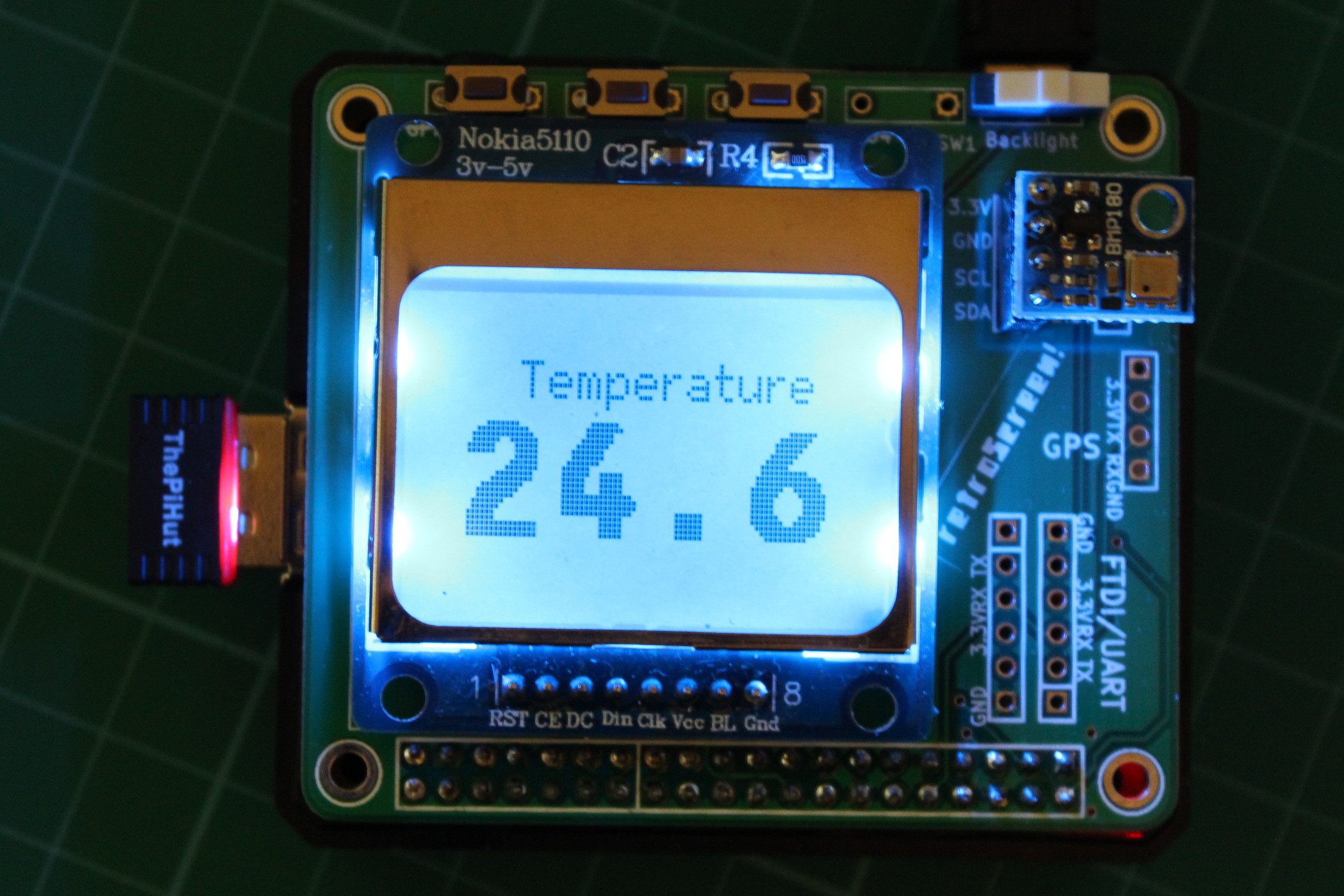Wifi Temperature Sensor Raspberry Pi
Posted : admin On 23.12.2019In this tutorial, we’re going to cover using the the DHT11 (or DHT22) temperature and humidity sensor with the Raspberry Pi. Using the DHT11 temperature sensor with the Raspberry Pi is a great way to get temperature and humidity readings in your projects. Especially to keep tabs on how hot your Raspberry Pi is, if its in a non-ventilated box in the summer heat. The DHT11 vs DHT22 SensorsThe DHT11 and DHT22 are fundamentally the same from a wiring and software perspective. However, the DHT22 is a more accurate sensor.
In this project we’ll be using the DHT11. If you have a DHT22, just follow along and everything will work the same and you’ll get more accurate readings! You will need to change the code snippet to reflect your sensor though.These sensor are ideal for remote mounting due to the fact that they can operate up to 65 feet (20 meters) apart using a long wire. I should also note that these sensors come as separate components or as modules. We’re going to use a module.
The difference is that the module includes the 10K Ohm pull up resistor on the board. Mike is the founder of The Geek Pub. A jack of all trades who simply enjoys the challenge creating things, whether from wood, metal, or lines of code in a computer. Mike has created all kinds of projects that you can follow and build yourself, from a retro arcade cabinet to plantation shutters for your home. As an accomplished IT Executive with 25+ years experience, Mike believes that in today's world of ever changing intense competition, IT must be strategically aligned to the business like never before.
Flash the serial gatewayDownload the firmware image for the serial gateway:. (Europe). (US, Oceania, Asia)Use Flash Programmer 2 to flash the firmware to the Launchpad: plug in the Launchpad in the laptop and flash the firmware file to the Launchpad.
(Detailed instructions on how to use Flash Programmer 2.) Flash the TI Sensortags using the LaunchpadDownload the firmware image for the Sensortags:. (Europe). (US, Oceania, Asia)Use Flash Programmer 2 to flash the firmware to the Sensortags. Note that you may use the Launchpad’s onboard XDS110 JTAG debugger to flash the Sensortag, as Sensortag hardware has no JTAG debugger. If so, make sure to remove all jumpers on the Launchpad before connecting it to the Sensortag. The Sensortag should then appear in Flash Programmer 2.
Raspberry Pi Sensors List
When all Sensortags have been flashed, restore the jumpers again to restore regular Launchpad functionality. The TI CC1350 serial gateway connected to a Raspberry Pi Zero W.Step 3: Configure the Raspberry PiThe Raspberry Pi will act as a gateway, with one Launchpad connected to its USB port.
The Raspberry Pi bridges the low-power wireless mesh and the Internet and must be connected to a WiFi network for this setup to work.The Raspberry Pi must be connected to the Internet via its built-in WiFi. Configure the sensor data send rate via the app.Configure how often you want the Sensortags to report sensor data. For each Sensortag, tap the Sensortag and then open the Power Consumption page.
Tap Sensor sample period and select a suitable report period. Configure the Sensortags to run in Lifetime power mode, allowing them to be run on batteries.
Honeywell Wifi Temperature Sensor
Finally, tap the Apply Configuration button to push the new configuration to the Sensortag. Step 6: Place the SensortagsDeploy the Sensortags by placing them one by one at the locations where they should report data.To see if a Sensortag is in range, press the button on the side of the Sensortag.

Wireless Temperature Sensor
The Sensortag should beep if it is in range.